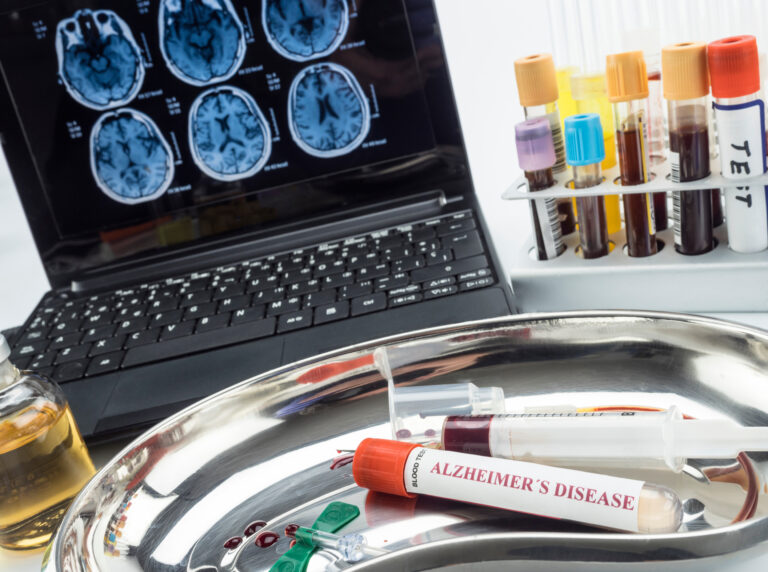There’s a silent guest in almost every home, and it’s not the kind you invite. It’s an environmental toxin that sneaks in through everyday products—cleaning supplies, air fresheners, even cookware. Most people don’t realize how common these chemicals are or what they can do to health over time.
Take cleaning products as an example. Many of them contain harsh chemicals like ammonia, chlorine bleach, and formaldehyde. These aren’t just tough on dirt; they can be tough on your body too. Formaldehyde is especially concerning because it’s a known carcinogen—meaning it has the potential to cause cancer with long-term exposure. Breathing in fumes from these cleaners can irritate your lungs and may even lead to more serious respiratory problems down the road.
Air fresheners might make your home smell nice, but they often hide volatile organic compounds (VOCs) such as phthalates and more formaldehyde. These substances pollute indoor air and have been linked to both breathing issues and certain cancers when people are exposed for long periods.
Then there are things like non-stick cookware coated with perfluorinated compounds (PFCs). While handy for cooking without sticking, these coatings break down over time and release chemicals into food—chemicals that have been connected to developmental disorders in children.
Even furniture isn’t off the hook: flame retardants used in sofas and mattresses contain polybrominated diphenyl ethers (PBDEs), which research suggests may increase risks for autism spectrum disorders and other cognitive challenges.
The good news is you don’t have to live with these hidden dangers forever. Simple swaps can make a big difference: choose natural cleaning products or make your own using vinegar, baking soda, or lemon juice; opt for essential oils instead of synthetic air fresheners; pick stainless steel or cast iron pans instead of non-stick ones; look for furniture labeled free from flame retardants.
Being aware is half the battle when it comes to protecting yourself from environmental toxins at home. The choices you make every day add up—so why not start making safer ones today?





